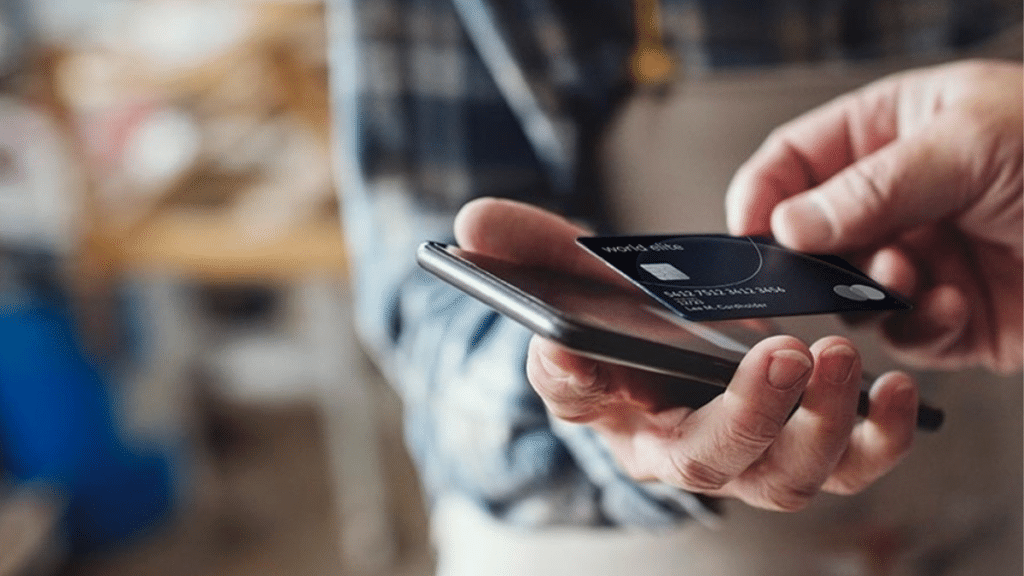For decades, the handshake and the exchange of paper business cards have symbolized the beginning of professional relationships. These small rectangles of cardstock have been staples at conferences, meetings, and networking events around the world. Yet, in an increasingly digital and fast-paced environment, the traditional paper card shows its limitations. The rise of mobile technology, environmental awareness, and the need for immediate and seamless sharing of information have led to a revolution in how professionals connect. Enter tap-to-connect networking—a modern approach that replaces paper with technology, transforming networking into a frictionless, eco-friendly, and highly efficient experience.
The Limitations of Traditional Paper Business Cards
Despite their long-standing use, paper business cards come with several drawbacks that professionals and businesses can no longer ignore. First, they are inherently physical and easy to lose or damage, leading to missed opportunities and fragmented connections. Organizing dozens or hundreds of paper cards after an event can be overwhelming and time-consuming, often leading to important contacts being forgotten or misplaced. Furthermore, paper cards offer no way to update information once printed; any changes require a costly reprint, causing inconvenience and waste.
Environmental concerns also play a significant role in rethinking the use of paper cards. The production of business cards consumes resources such as paper, ink, and energy, and contributes to deforestation and landfill waste. As companies strive to be more sustainable, reducing paper usage becomes a priority.
Another challenge lies in the modern preference for digital tools that integrate directly with contact management software and social media platforms. Traditional cards require manual entry into phones or CRM systems, which is both inefficient and prone to errors. For businesses looking to modernize their networking, platforms like Contact Co. provide innovative solutions to bridge the gap between physical and digital connections, highlighting the evolving landscape beyond paper cards.
What Is Tap-to-Connect Networking?
Tap-to-connect networking uses technologies like Near Field Communication (NFC) and QR codes to instantly share contact information and professional details. NFC is a wireless communication protocol that enables devices to exchange data when they are near, usually within a few centimeters. QR codes, on the other hand, are scannable two-dimensional barcodes that link to digital profiles or websites.
This technology allows professionals to share their business cards, portfolios, social media links, and other relevant data with a simple tap of their phone or by scanning a code. The process is fast, accurate, and eliminates the need for manual entry, making it ideal for busy events and meetings where time is of the essence.
Beyond just sharing contact info, tap-to-connect can facilitate the transfer of multimedia content such as videos, presentations, or even app downloads, expanding the scope of professional interaction.
The Evolution of Digital Networking Tools
Networking has gradually evolved from pen-and-paper methods to digital alternatives over the past two decades. Early digital attempts included exchanging email addresses or phone numbers via mobile devices, but these often required cumbersome typing and had limited integration.
With the rise of smartphones and mobile apps, digital business cards and contact-sharing applications gained popularity. However, these required both parties to have the same app installed and often lacked immediacy.
The introduction of NFC and QR code technologies revolutionized this space by allowing universal, instant sharing without the need for specific apps or complicated setups. Many smartphones now come with built-in NFC capabilities and camera-based QR scanners, democratizing access to tap-to-connect methods.
Key Benefits of Tap-to-Connect Networking
Tap-to-connect networking offers numerous benefits that address the shortcomings of traditional paper cards. The most apparent advantage is convenience. With just a tap or scan, contact information is transferred instantly and accurately, reducing friction and saving valuable time.
The digital nature of the data allows for real-time updates. If a professional changes their job title, phone number, or social media handles, their digital profile automatically reflects the changes, ensuring contacts always have current information.
Lastly, tap-to-connect networking enhances engagement. Interactive digital content such as videos, testimonials, or downloadable brochures can be shared instantly, leaving a more lasting impression than a static piece of paper.
Addressing Privacy and Security Concerns
As with any digital data exchange, privacy and security are important considerations in tap-to-connect networking. Professionals naturally worry about unwanted access or misuse of their personal information.
Fortunately, many tap-to-connect solutions come with built-in security features. Encryption protocols safeguard the data during transmission, and sharing typically requires the physical proximity or consent of both parties, limiting unauthorized access.
Businesses adopting tap-to-connect technology also implement secure platforms to manage digital contacts, ensuring compliance with data protection regulations and safeguarding sensitive client information.
Future Trends in Networking Technology
Looking ahead, the landscape of professional networking continues to evolve rapidly. Augmented reality (AR) is poised to add a new dimension, where professionals might view digital overlays of contact information or portfolios in real-world settings through AR glasses or smartphone apps.
Artificial intelligence (AI) could enhance networking by suggesting relevant contacts, automating follow-ups, or even analyzing conversations to recommend connections.
Virtual events and the metaverse are creating new arenas for interaction, where tap-to-connect might merge with immersive experiences, allowing instant connections in entirely digital environments.
Conclusion
The shift from paper business cards to tap-to-connect networking marks a significant transformation in how professionals build and maintain relationships. By embracing NFC and QR technologies, networking becomes faster, more accurate, customizable, and environmentally friendly. This transition not only streamlines contact sharing but also enhances engagement and integration with modern digital tools.
